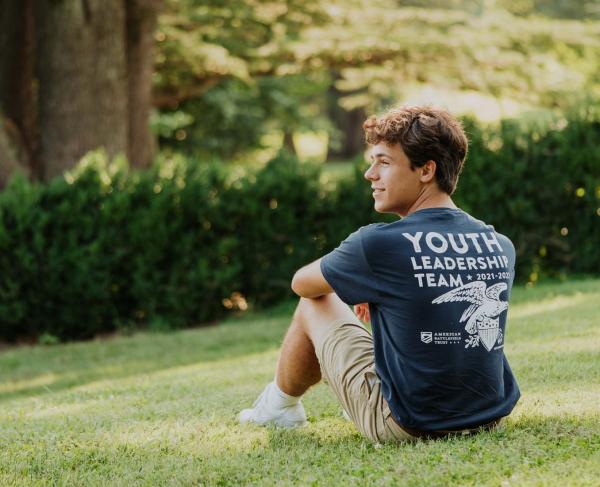Death on the Baltimore Pike
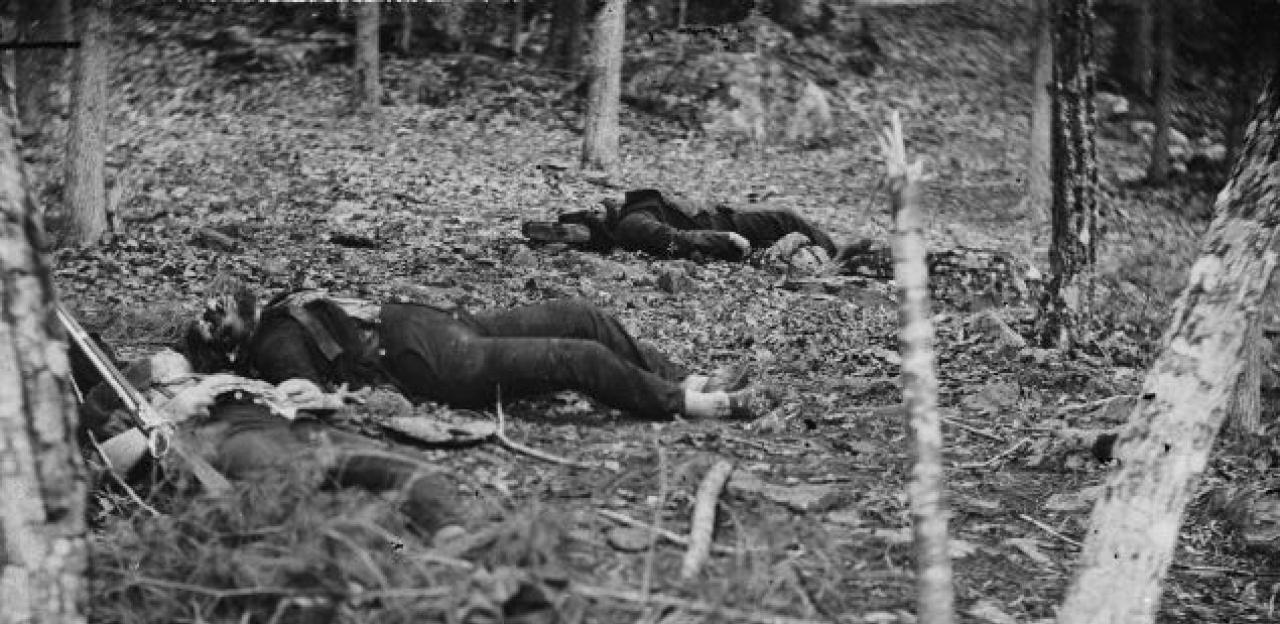
In March 2011, the Civil War Trust embarked upon a project to preserve two key parcels along the historic Baltimore Pike. During the Battle of Gettysburg these parcels were part of Henry Spangler's farm, where scores of Union and Confederate dead were buried. The preservation of these parcels will allow for the restoration of this hallowed ground.
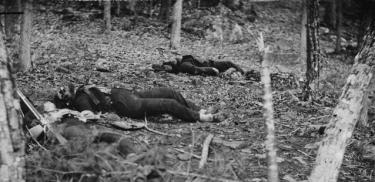
When the Battle of Gettysburg ended, dead and wounded soldiers outnumbered the townspeople by more than fifteen to one. Burying the dead was a monumental task. Most of the dead were buried either where they fell or at nearby field hospitals. Most of the Union dead were exhumed and moved to the Soldiers’ National Cemetery, whereas the Confederate dead remained in the ground for eight years until they were moved to Southern cemeteries. With so many dead, however, historians estimate that several hundred bodies were never reburied and remain in unmarked graves to this day. These Confederate soldiers fell at the foot of Big Round Top.
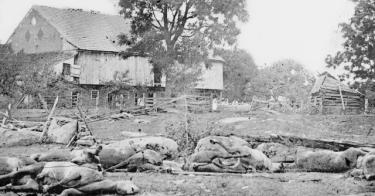
The Battle of Gettysburg, like almost all Civil War battles, raged over the private property of ordinary farmers and citizens. The buildings on these properties, if they were not destroyed, were often converted into field hospitals to treat wounded and dying soldiers. Here, dead artillery horses in front of Trostle’s barn, July 1863.
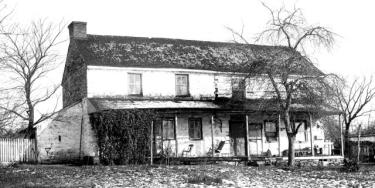
One of the many battlefield farms housed Henry Spangler and his family. Located on the Baltimore Turnpike just southeast of town, Henry Spangler’s farm was just behind the fighting on Culp’s Hill. Wounded Union soldiers were taken to a field hospital established at and around the Spangler farmhouse. The soldiers who died there were buried on Spangler’s property.
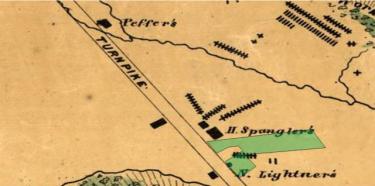
Although not perfectly to scale, this map, made one year after the battle, illustrates where the soldiers of both armies were (initially) laid to rest. Lines with hash marks represent Union soldiers; lines without hash marks represent Confederate soldiers. Several dozen Union and Confederate soldiers were once buried on what is now the Spangler tract. The green highlights represent the Civil War Trust’s target properties on the Baltimore pike.
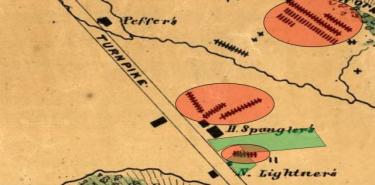
Burial records indicate the names and units of more than 70 soldiers buried on Spangler’s property. The greatest number was buried on “the north side of the field, near the woods.” (upper right oval). This group included 25 soldiers of the 137th New York, including two 18-year olds – Benjamin Clark and Ira Martin -- both from Danby, New York. Pennsylvanian James O. Butcher was buried "on the north side of H. Spangler's house," (middle oval), in addition to John Williams, the 18-year old Ohioan who was buried in his orchard. Other listings for Spangler's property are not so specific. Thomas Ochs of the 109th PA, for instance, was buried on Spangler's property, "near the road," perhaps on the very land that we preserved in 2011..
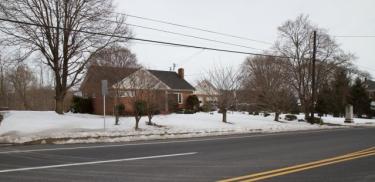
Pictured here is the smaller of the two properties the Civil War Trust worked to preserve in 2011. If this house and other structures on neighboring preserved parcels are removed, it will allow for the restoration of Civil War-era lines of sight, which have been unavailable for decades. At right, sits the monument to the 10th Maine erected in 1889.
Related Battles
23,049
28,063


